Easter in Turkey: Eggs, buns, bunnies or church
My family wasn’t religious, so when I was a little girl in primary school I was always slightly jealous of the other children at Easter. I’d see them emerge from scripture classes clutching Easter bonnets festooned with strips of paper, straw baskets filled with fluffy yellow cotton wool chickens and colourful pictures of the saints. Needless to say this didn’t dampen my enjoyment of Easter egg hunts, eating too much chocolate and coming home dizzy with excitement from the rides and armload of show bags I’d bought at the Sydney Royal Easter show. Even now there are many different ways to celebrate Easter.
Whether you’re religious or not, many of the traditions of Easter are part of our wider culture. My strongest memories concern Easter eggs and how many I found after the arrival of the Easter bunny. As the youngest of three my parents always ensured I ended up with the biggest collection, even if it meant taking some from my older brother and sister.
Easter in Turkey for non-Turks
Although from a devout Roman Catholic family, Tracey from Canada told me her mother gave her a solid Easter bunny every year of her life right until the year she passed away. When Tracey solemnly informed me “You always eat the ears first, everyone knows that,” it brought back childhood memories of nibbling from the ears down and carefully re-wrapping the foil to make the rabbit look untouched. It drove my brother to distraction because he’d only ever help himself to the chocolate I’d already started.
Interestingly, the Easter bunny pre-dates Christianity and is believed to symbolise spring and fertility. Although today the rabbit has no religious connotations, the egg it delivers does. Whether Catholic, Christian, Eastern or Western Orthodox, eggs represent rebirth, rejuvenation and immortality. Eggs have been forbidden in the forty days of Lent since early Christian times so their appearance at Easter is cause for celebration.
At home we would make a small hole in either end of the egg, gently blow out the yolk and paint the empty shells. As a child Galina* from Bulgaria remembers her grandmother putting flowers and leaves around the eggs and then a net over each one to hold the decorations in place. The eggs would be boiled in water coloured with pigment, and when they were removed they had the pattern of the leaves and flowers on them.
She described how as “kids we used to go to visit the houses in our neighbourhood and to collect eggs from each neighbour. We used to show off how many eggs we had, you know the different colours … And at school we used to play a kind of game.”
The game to which she refers is where you use your egg to break as many other eggs as possible. The winner is the person left with their egg intact. Ani told me that Armenian Turks don’t share this tradition of brightly painting their eggs, but they do play the same game using hard-boiled eggs. Laughingly she told me they also have “this trick with wooden eggs”, but she assured me she never cheated.
In Bulgaria, many people put their remaining gloriously decorated eggs on display in their houses. They can last years for years but beware the smell should they crack!For some people Easter is about chocolate eggs and bunnies and having time off work. For other cultures it forms an important part of their religious and social calendars.
According to Ani, for Orthodox Armenians Easter Thursday is the most important day because it was the day that Jesus Christ washed the feet of his disciples and fed them. She told me “The priest does the same”, washing the feet of three or four children in the congregation. Then on Friday they go to the cemetery to visit family members who have passed away. As with Roman Catholics, Sunday mass is the main event.
In the Armenian church it is a sombre affair. Everything is covered and there are black curtains on the windows. As Ani says, “It’s closed, it’s black so it’s sort of mourning,” until Easter Sunday when Christ is reborn. For Armenians Easter in Turkey is a major celebration but under communism, Easter in Bulgaria was a subdued affair and Galina has few memories of going to church.
In contrast, Tracey’s childhood Easters were loud and joyous. She told me, “I belong to … a very small parish and you know I’ve known the priest just forever. So they know my family. I would see people there from school, who I worked with and whatever. … There was a lot of singing when I was growing up. You know we had a four piece band that used to play with a tambourine and a triangle. There was a lot of music and a lot of fun associated with the mass.”
The culmination of the Easter period for everyone is the end of the fast and the feast that follows shared with family and friends. Tracey remembers seeing her grandparents at church and the larger family gathering where they would eat traditional foods like hot cross buns and a sweet bread loaf that had raisins in it. The tradition of eating a special sweet bread loaf at Easter dates back to antiquity when people gave offerings of bread or small cakes to gods and goddesses.
Some believe the cross represent the horns of a bull, while others claim it is the four quarters of the moon. When I was little, hot cross buns were only available at Easter, harking back to when the Tudors introduced a London bylaw in 1592 banning the sale of these buns except on Good Friday, Christmas and at burials.
This year when it’s Easter in Turkey, make a point of checking out your local pastane or cake shop. Chances are they’ll be selling Paskalya çöreği, eaten by Orthodox Armenians at this time. Sold throughout Istanbul they sometimes come with an egg baked into the middle.
Galina told me those available at Beyaz Fırın are very similar to the Bulgarian Easter bread called kuzanak because the owners of that pastane originally came from Bulgaria. Kuzanak is bread made from milk, sugar, eggs, butter and raisins, plaited and baked. According to Galina, “The point is to use a lot of eggs while you’re preparing (it) so that it’s very soft. The eggs represent Jesus Christ, the resurrection, the rebirth, of his life”.
The kuzanak takes centre place on the table, much like the Armenian dish topik. In the seven weeks leading up to Easter Sunday, Orthodox Armenians eat no animal products, no meat, eggs, or milk. They don’t eat after five or six in the morning until sundown and when they do eat, these products are all forbidden. Topik has all the ingredients in it that you can eat during this time, chickpeas, potatoes, onion, cinnamon, peanuts, and currants.
After more than fifty years my family still gets together every Easter for a picnic that spans four generations and encompasses new traditions as people marry and form new friendships. Whatever your religious or cultural background, Easter is a time for getting together and creating memories that last a lifetime.
*name changed at interviewee’s request
******************************
Planning to come to Istanbul or Turkey? Here are my helpful tips for planning your trip.
For FLIGHTS I like to use Kiwi.com.
Don’t pay extra for an E-VISA. Here’s my post on everything to know before you take off.
However E-SIM are the way to go to stay connected with a local phone number and mobile data on the go. Airalo is easy to use and affordable.
Even if I never claim on it, I always take out TRAVEL INSURANCE. I recommend Visitors Coverage.
I’m a big advocate of public transport, but know it’s not suitable for everyone all the time. When I need to be picked up from or get to Istanbul Airport or Sabiha Gokcen Airport, I use one of these GetYourGuide website AIRPORT TRANSFERS.
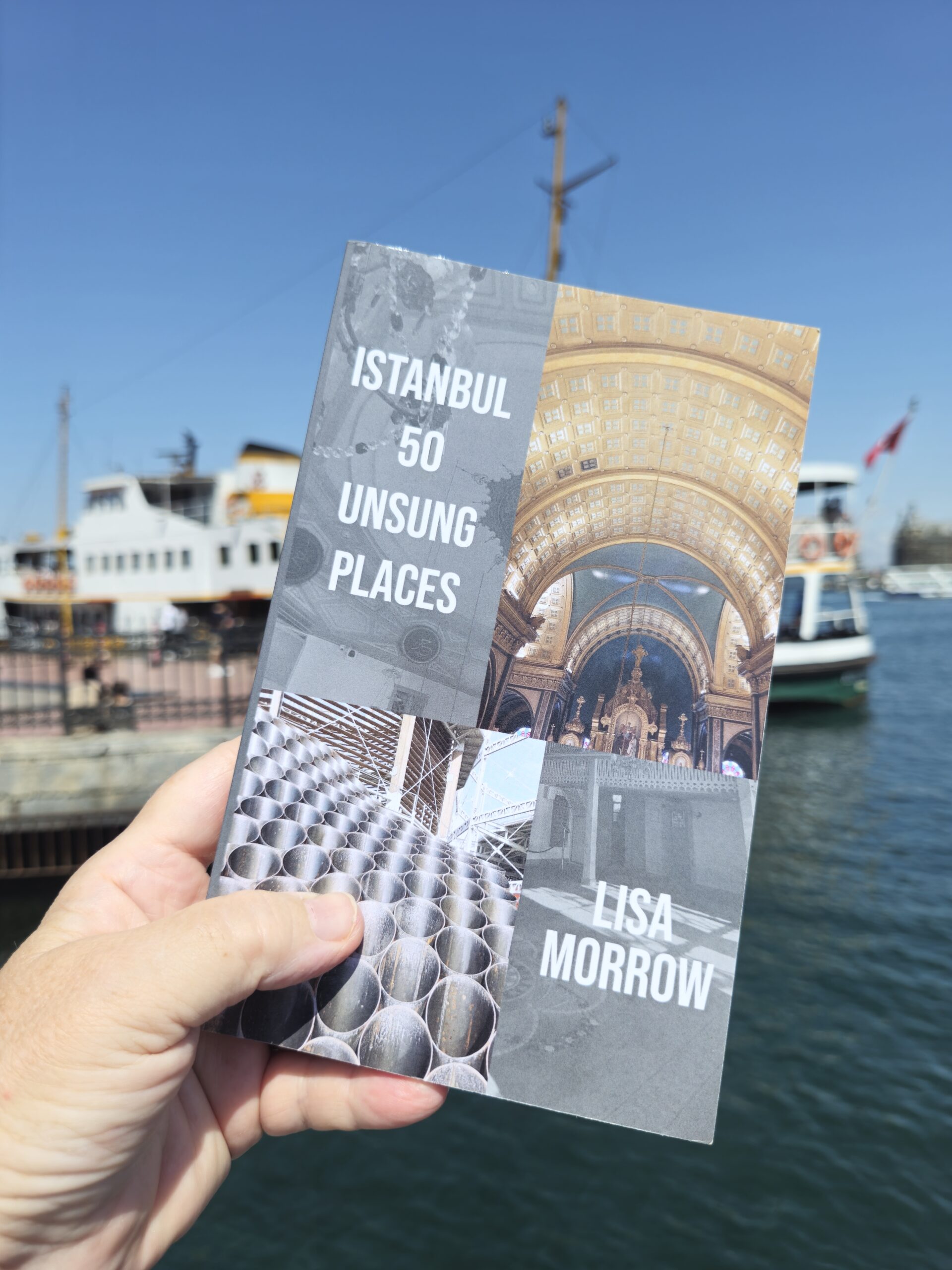
ACCOMMODATION: When I want to find a place to stay I use Booking.com.
CITY TOURS & DAY TRIPS: Let me guide you around Kadikoy with my audio walking tour Stepping back through Chalcedon or venture further afield with my bespoke guidebook Istanbul 50 Unsung Places. I know you’ll love visiting the lesser-known sites I’ve included. It’s based on using public transport as much as possible so you won’t be adding too much to your carbon footprint. Then read about what you’ve seen and experienced in my three essay collections and memoir about moving to Istanbul permanently.
Browse the GetYourGuide website or Viator to find even more ways to experience Istanbul and Turkey with food tours, visits to the old city, evening Bosphorus cruises and more!
However you travel, stay safe and have fun! Iyi yolculuklar.
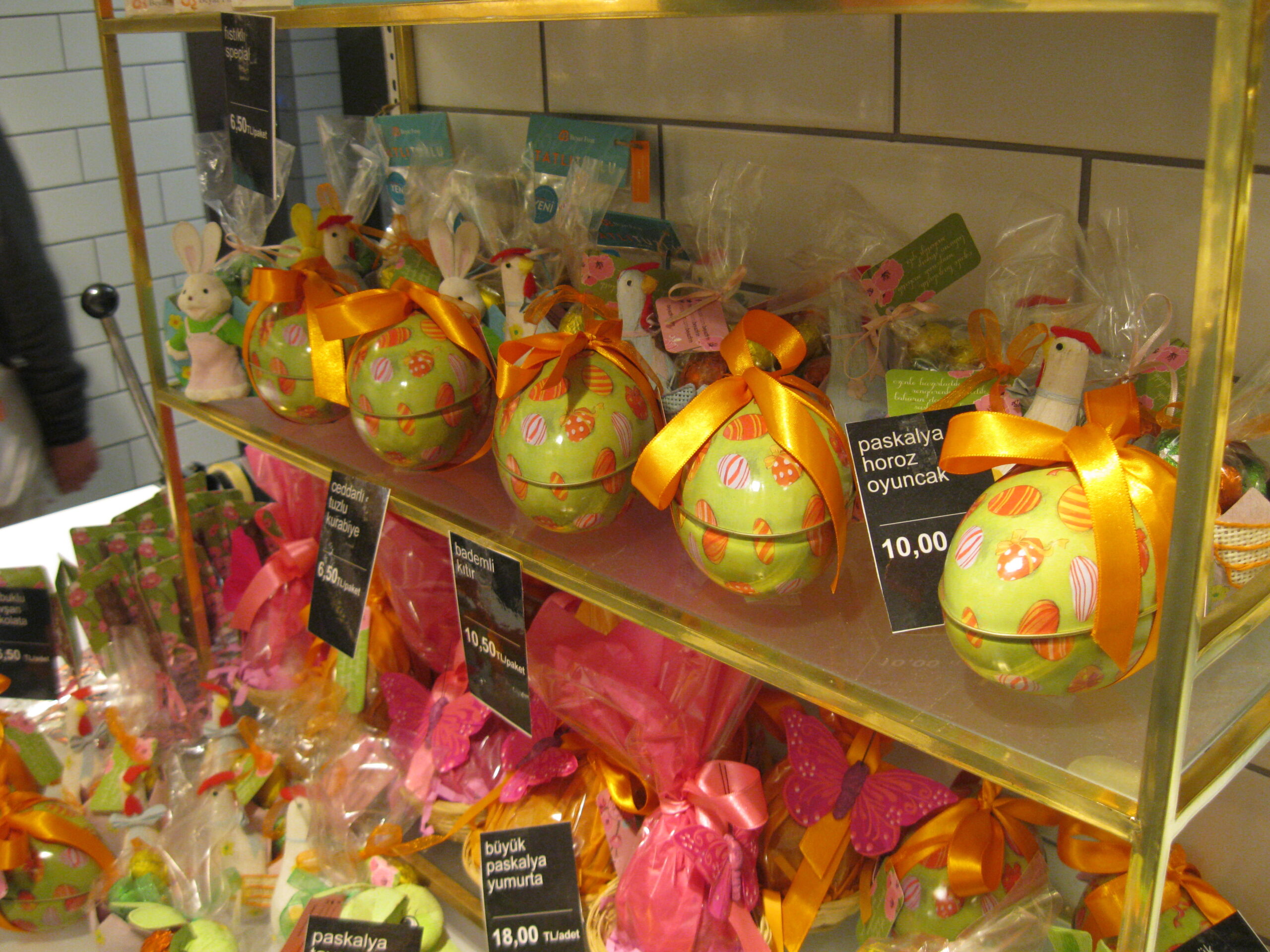
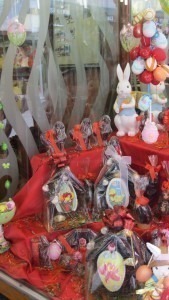
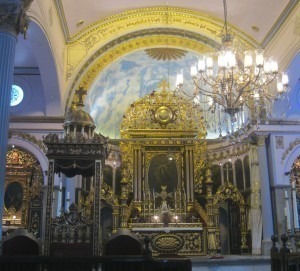
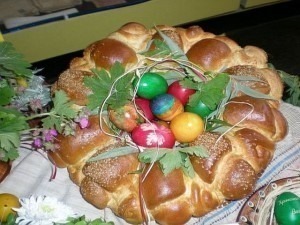

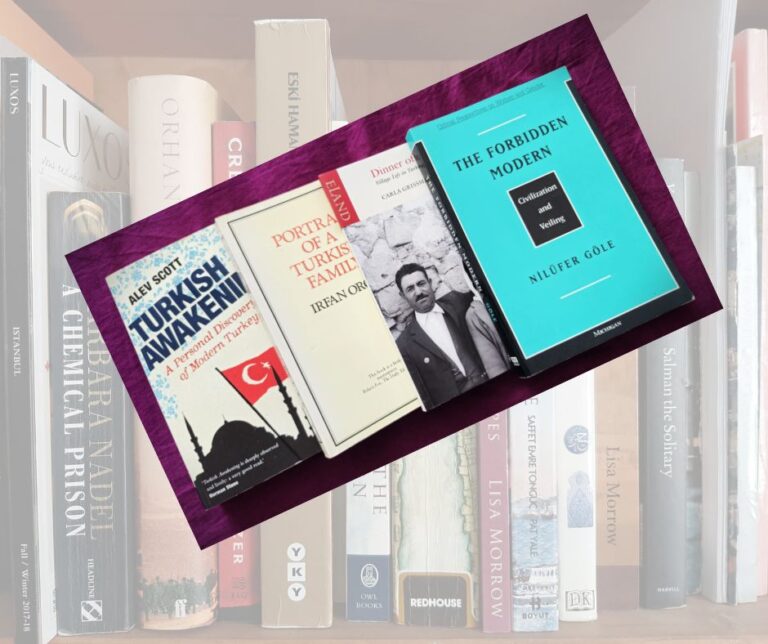
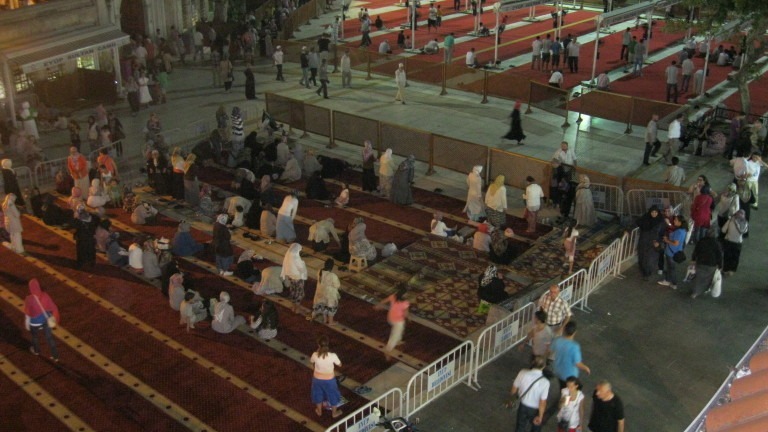
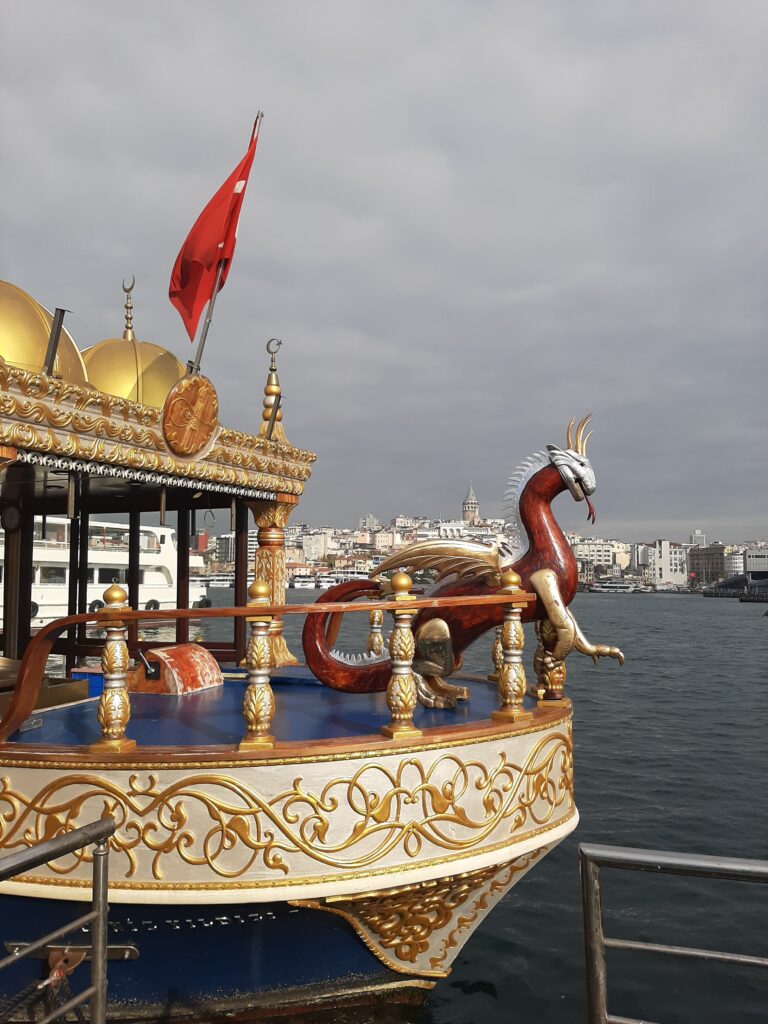
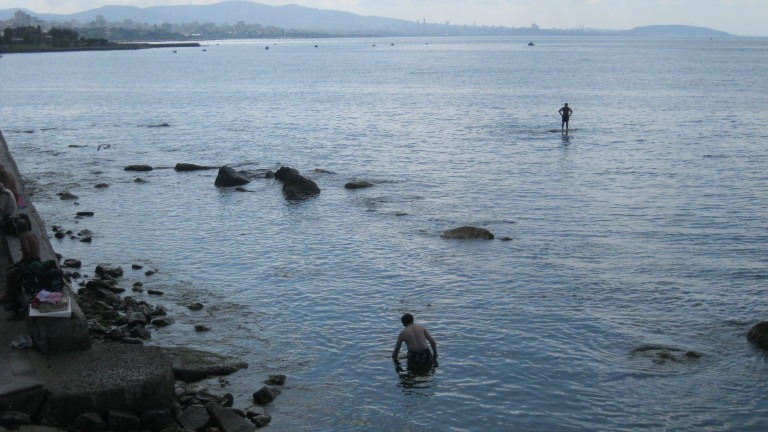
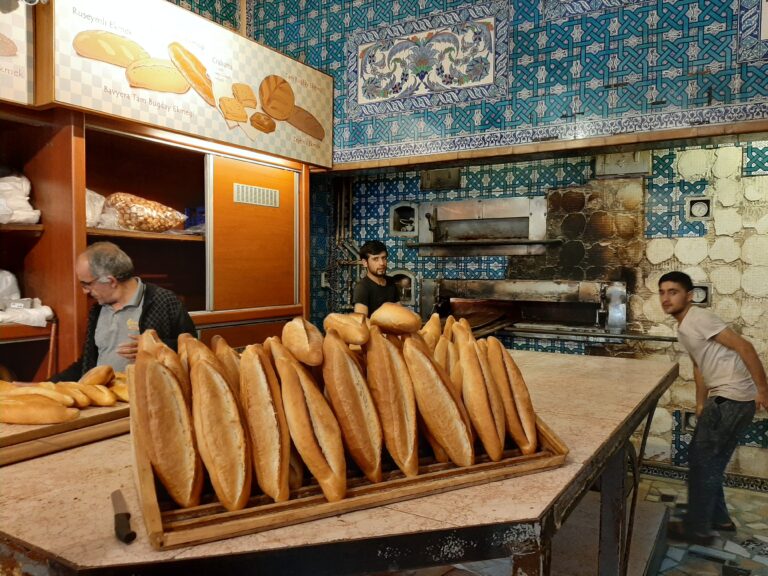
Thanks for the interest. All my material is copyright. You must ask for my permission to use my writing on your blog. If there’s something you’re interested in contact me first. Thanks.
Lisa